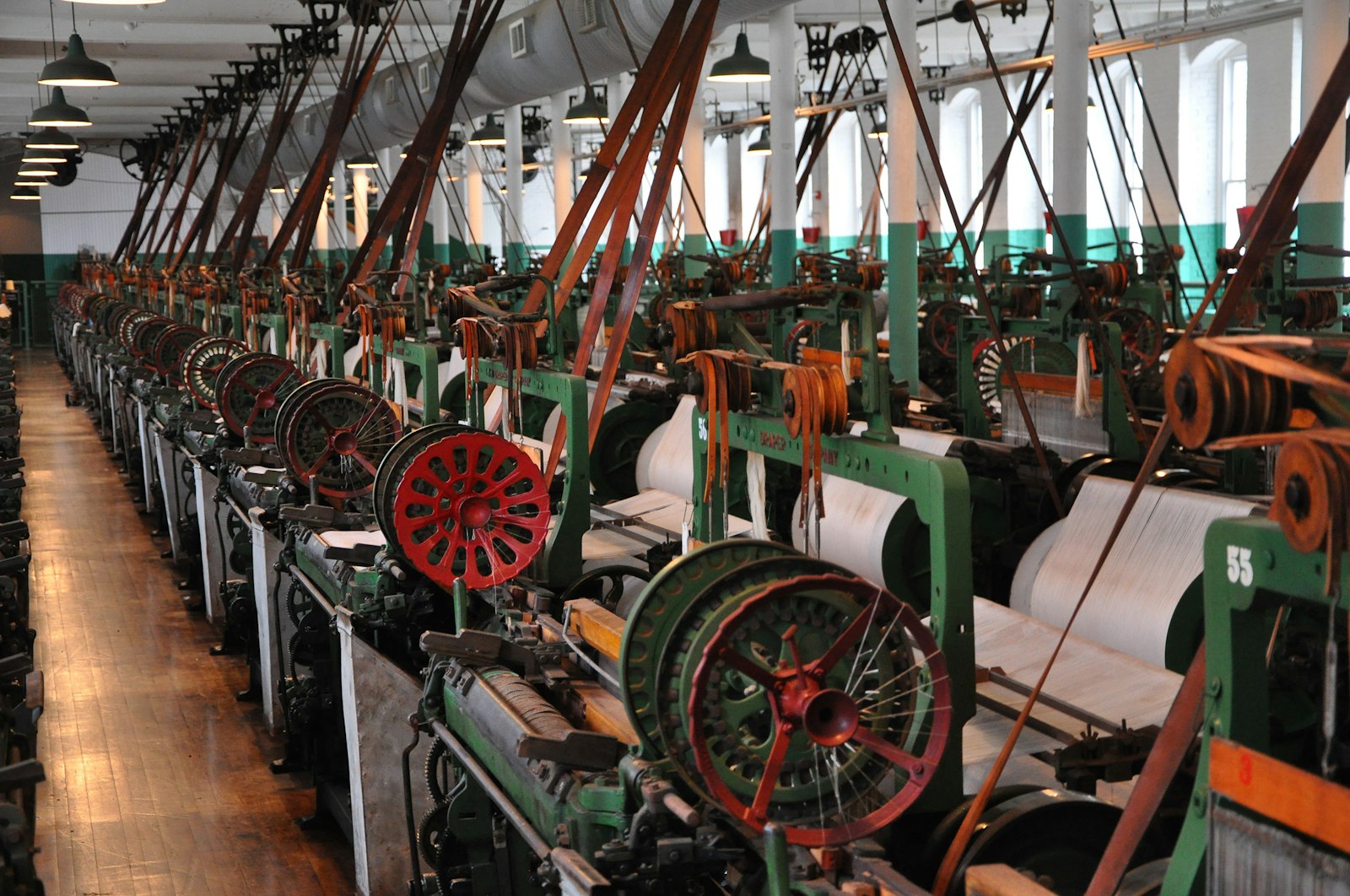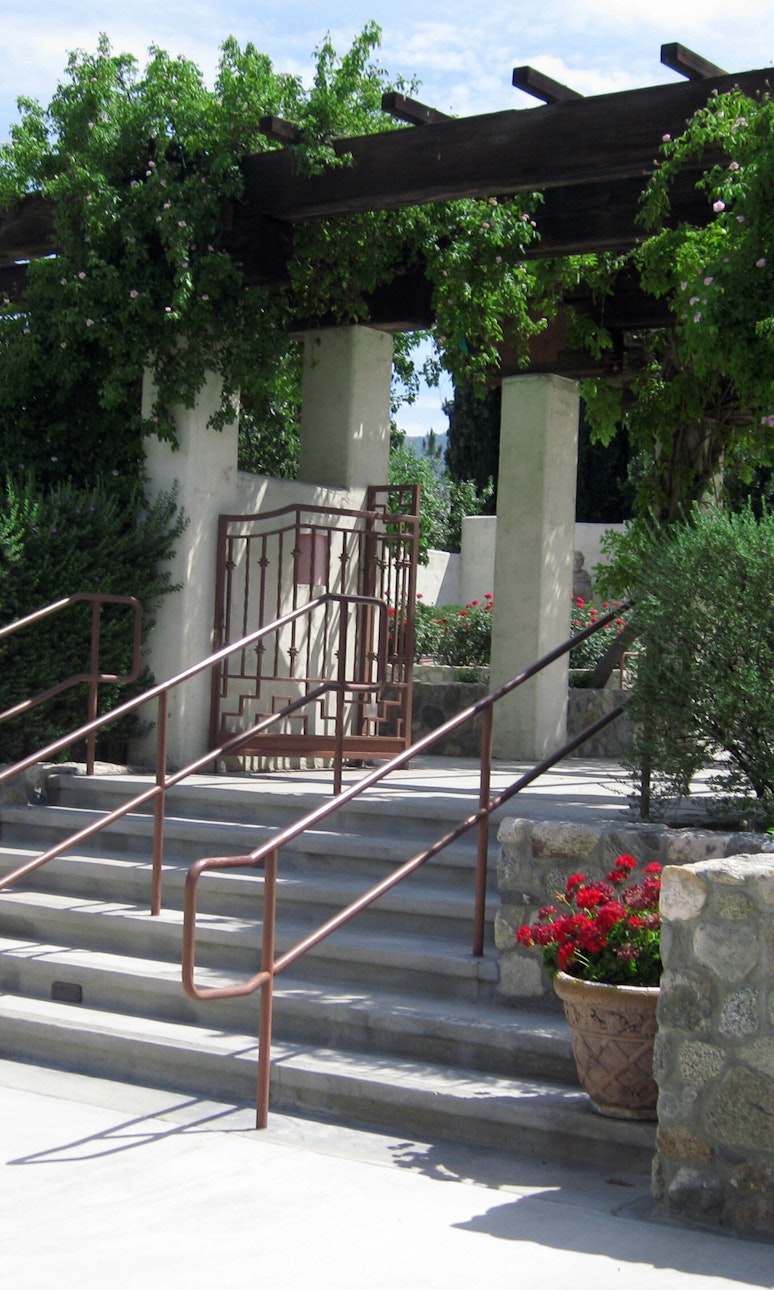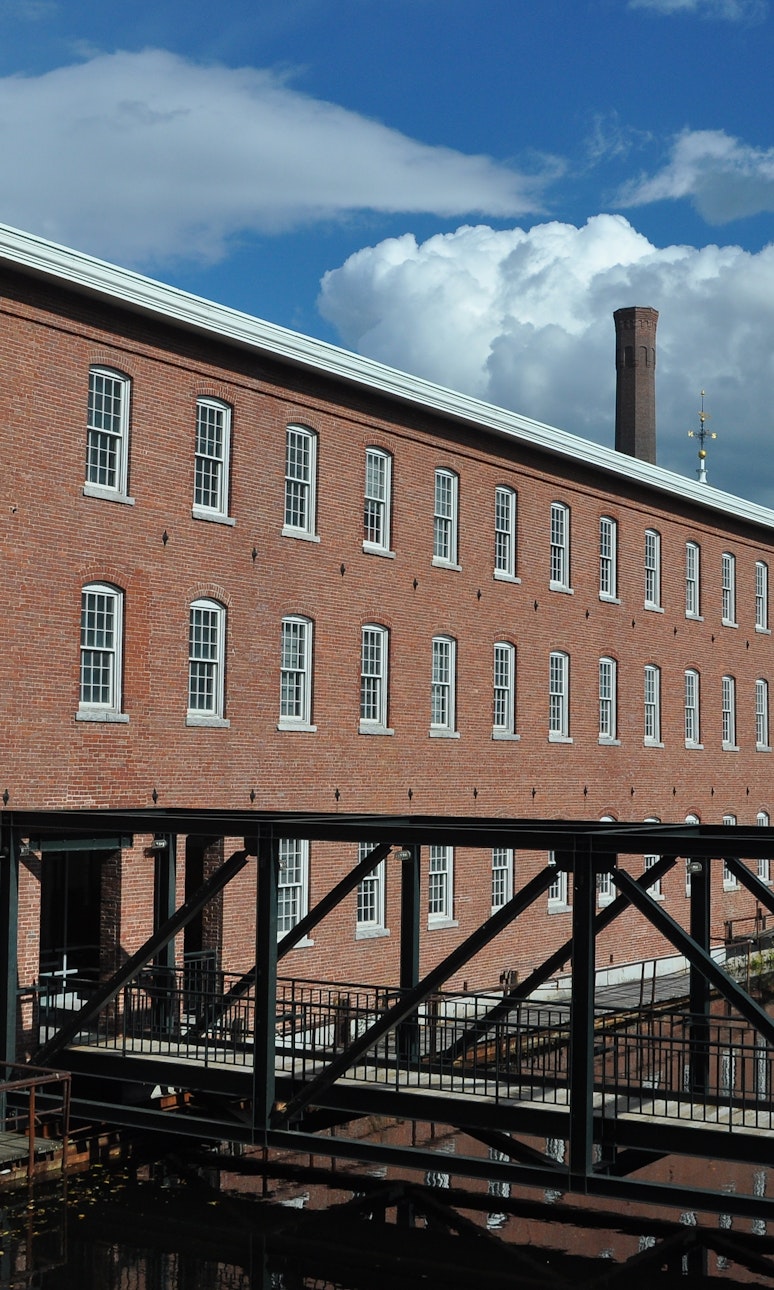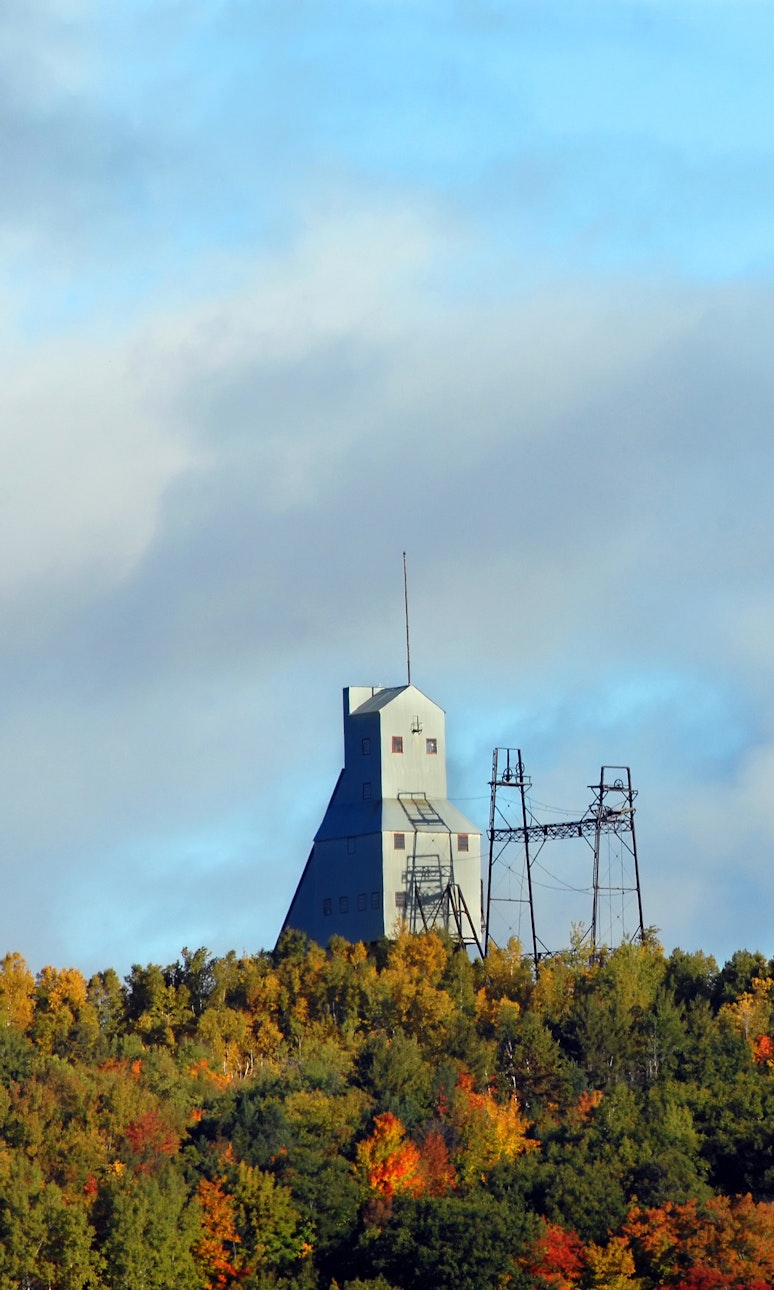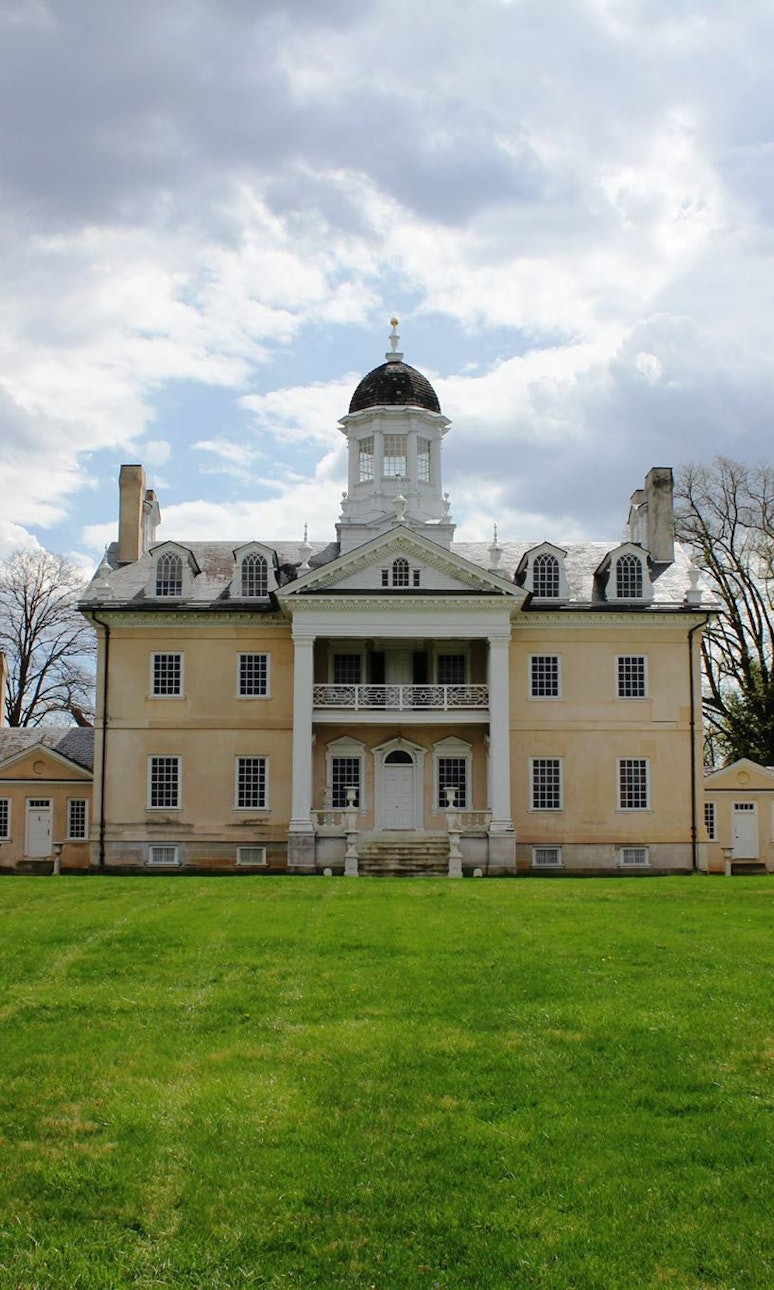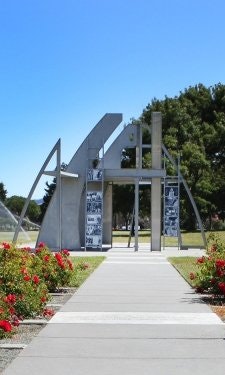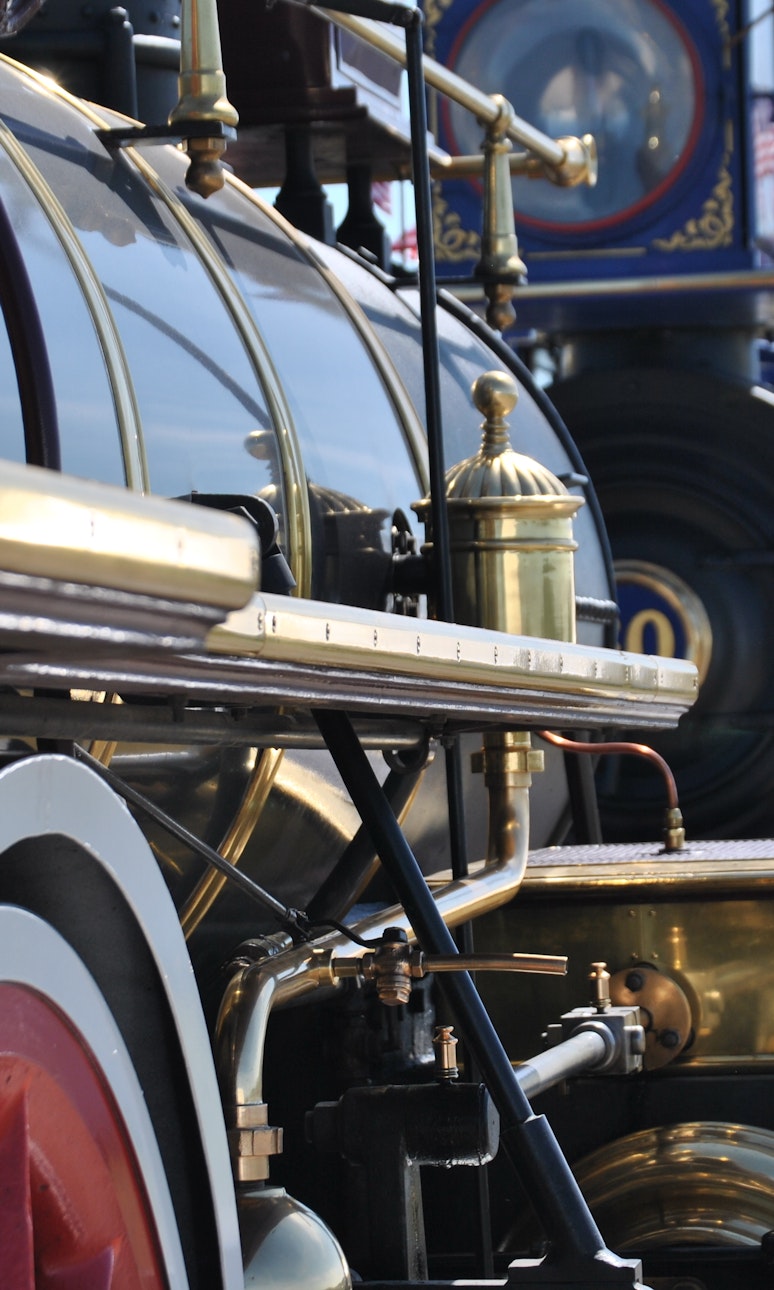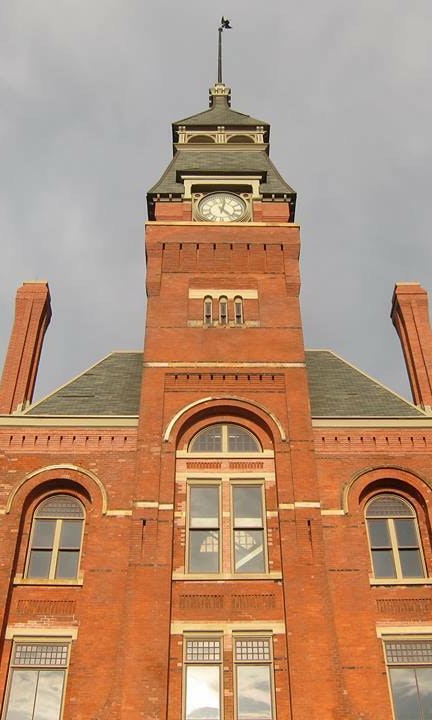
Labor History in Parks
-
Environment, Technology, and LaborThe effects of industrialization on people and the environment is a prominent story across national parks. Lowell National Historical Park and Saugus Iron Works National Historic Site examine the intersections of technological change and labor in New England.
-
Revolutionary WorkBattlefields and other national park sites associated with the Revolutionary War and Civil War are giving greater attention to labor. Park staff and partners examines slavery in both a national and local context, connecting military and political history to the lived experiences of free and enslaved African Americans.
-
Union History PreservedIn the 1890s, a strike and boycott by employees of the Pullman Company called attention to inequality in the Gilded Age. The following creation of the Brotherhood of Sleeping Car Porters, the first African American labor union, transformed the American labor landscape. These stories are forever preserved at Pullman National Historical Park.
The Stories of a Country at Work
In Great Smoky Mountains National Park, the remnants of log camps, sawmills, and company towns remain visible on the landscape. At Keweenaw National Historical Park, copper mining sites with a history spanning millennia are interpreted by National Park Service (NPS) staff and partner organizations. And, at Hampton National Historic Site, the lives of enslaved African Americans who labored in nearby iron furnaces, as well on the estate itself, have become a central focus of research and public programming.
The National Park Foundation (NPF)’s work in history and culture helps safeguard the historic sites and collections that hold our shared history through dynamic educational programs, professional development opportunities, rehabilitation of historic sites, and the preservation or irreplaceable artifacts and places.
And NPS and NPF are working to expand storytelling at parks to share a more comprehensive history of the U.S., including the contributions and stories of forced laborers, enslaved people, and advocates of the labor movement so we can all gain a greater understanding of the park’s history. The histories of work and working people help us explore the lives of a broader range of individuals – each with their own labor history to share – and invite us to imagine a better future.
NPF's Work in This Space
NPF supports national parks, programs, and projects that highlight the stories of America at work.
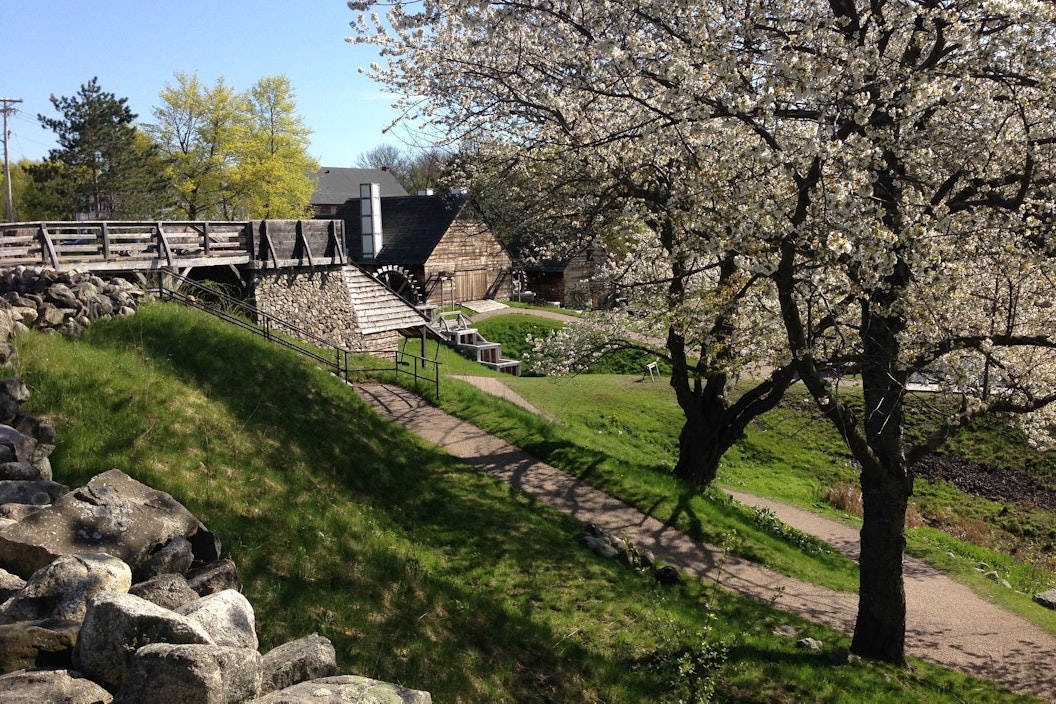
-
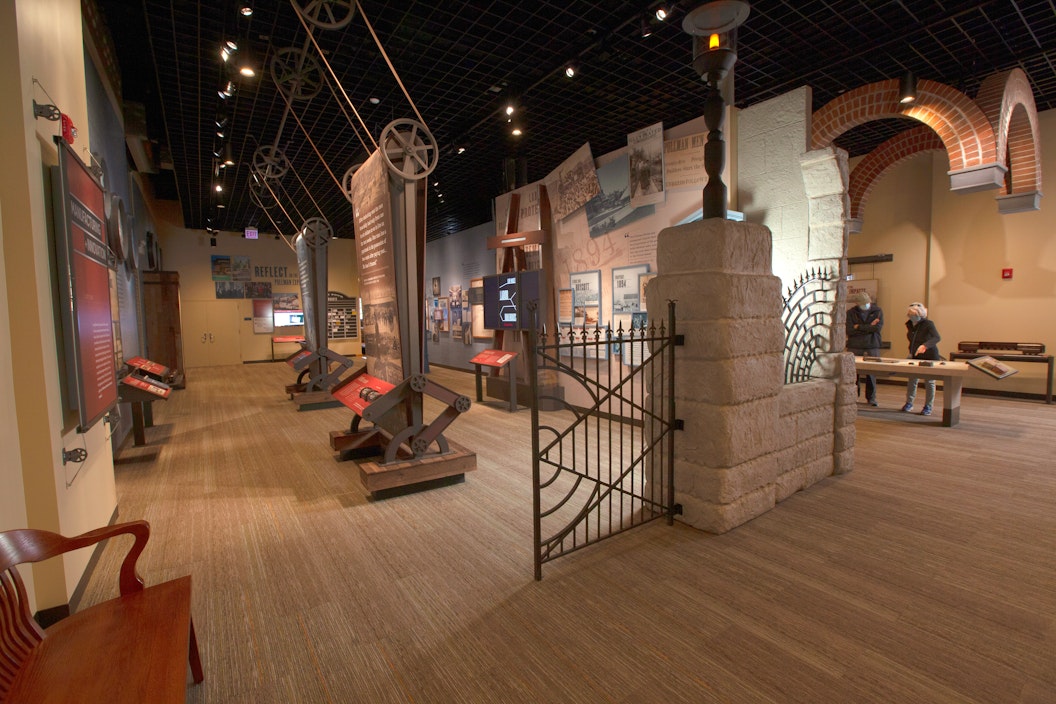 ProjectPreserving PullmanNPF has provided a total of $10 million to support Pullman National Historical Park, supporting the revitalization of the site and improvements to the grounds and historic buildings, programming at the park, as well as the construction of its visitor center.
ProjectPreserving PullmanNPF has provided a total of $10 million to support Pullman National Historical Park, supporting the revitalization of the site and improvements to the grounds and historic buildings, programming at the park, as well as the construction of its visitor center. -
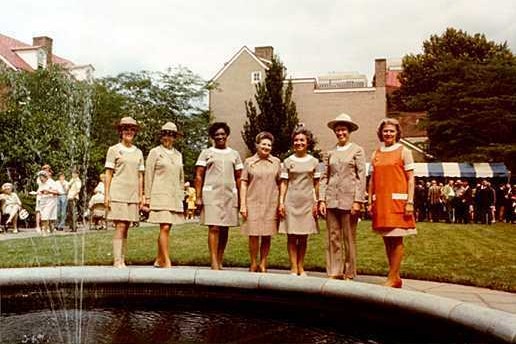 ProjectDressing the PartThrough an NPF Women in Parks grant, NPS created a website highlighting the history of women working for NPS. “Dressing the Part” aims to tell stories of NPS women through a series of webpages, articles, and other features.
ProjectDressing the PartThrough an NPF Women in Parks grant, NPS created a website highlighting the history of women working for NPS. “Dressing the Part” aims to tell stories of NPS women through a series of webpages, articles, and other features. -
 ProjectHighlighting Women's ContributionsA 2020 Women in Parks grant from NPF supported César E. Chávez National Monument's research and documentation of the experiences of Mexican, Filipina, and Chicana women farm workers in California, including their role in the farm workers movement.
ProjectHighlighting Women's ContributionsA 2020 Women in Parks grant from NPF supported César E. Chávez National Monument's research and documentation of the experiences of Mexican, Filipina, and Chicana women farm workers in California, including their role in the farm workers movement.
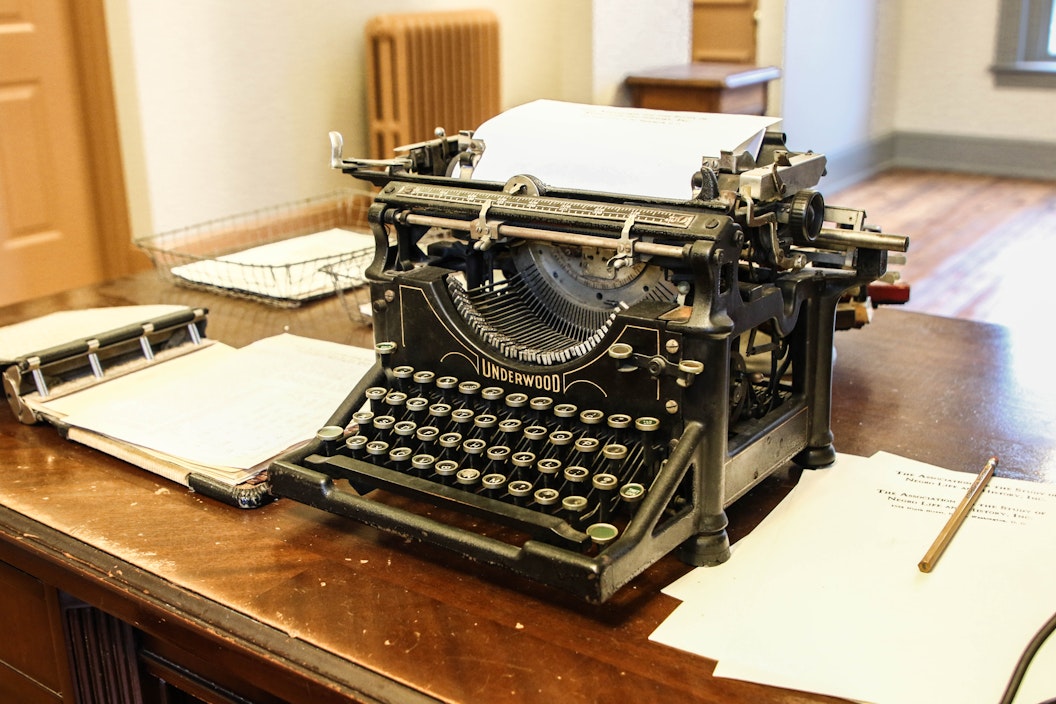
-
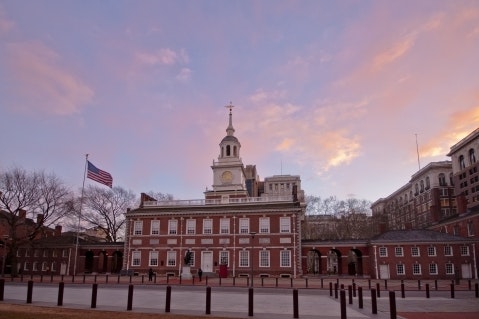 Fellowship"Reframing the Nation's Origin Story"A Mellon Humanities Fellow will be working with Independence National Historical Park in reframing the nation’s origin story, acknowledging and honoring the contributions of all Americans, by focusing their research on the impact and legacies of people of African descent during the revolutionary and early national periods.
Fellowship"Reframing the Nation's Origin Story"A Mellon Humanities Fellow will be working with Independence National Historical Park in reframing the nation’s origin story, acknowledging and honoring the contributions of all Americans, by focusing their research on the impact and legacies of people of African descent during the revolutionary and early national periods. -
 FellowshipWorkers, Agency, and LandscapeAt Lowell National Historical Park, a Mellon Humanities Fellow will be researching the pre-industrial landscape of the area, working towards a major exhibition highlighting the contributions of enslaved and waged workers to American Industrialization.
FellowshipWorkers, Agency, and LandscapeAt Lowell National Historical Park, a Mellon Humanities Fellow will be researching the pre-industrial landscape of the area, working towards a major exhibition highlighting the contributions of enslaved and waged workers to American Industrialization. -
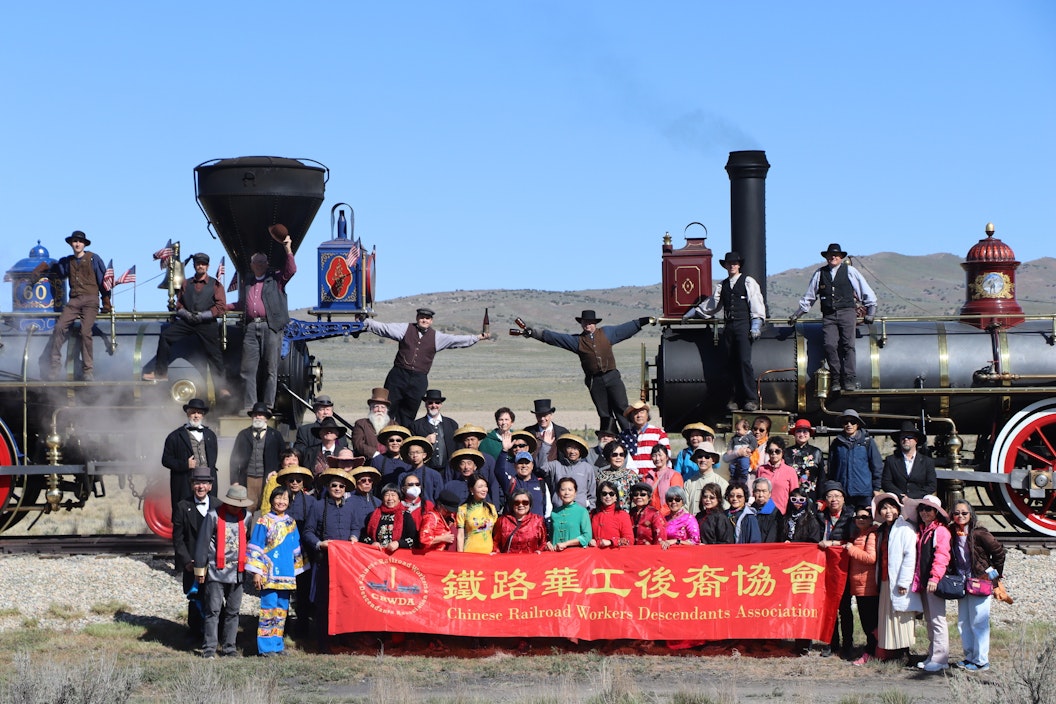 FellowshipNew Perspectives in Transcontinental HistoryIn collaboration with NPS’ Intermountain Region’s History Program, a Mellon Humanities Fellow will use the lens of the Transcontinental Railroad to explore the themes of labor, western identity, and Indigenous sovereignty.
FellowshipNew Perspectives in Transcontinental HistoryIn collaboration with NPS’ Intermountain Region’s History Program, a Mellon Humanities Fellow will use the lens of the Transcontinental Railroad to explore the themes of labor, western identity, and Indigenous sovereignty.
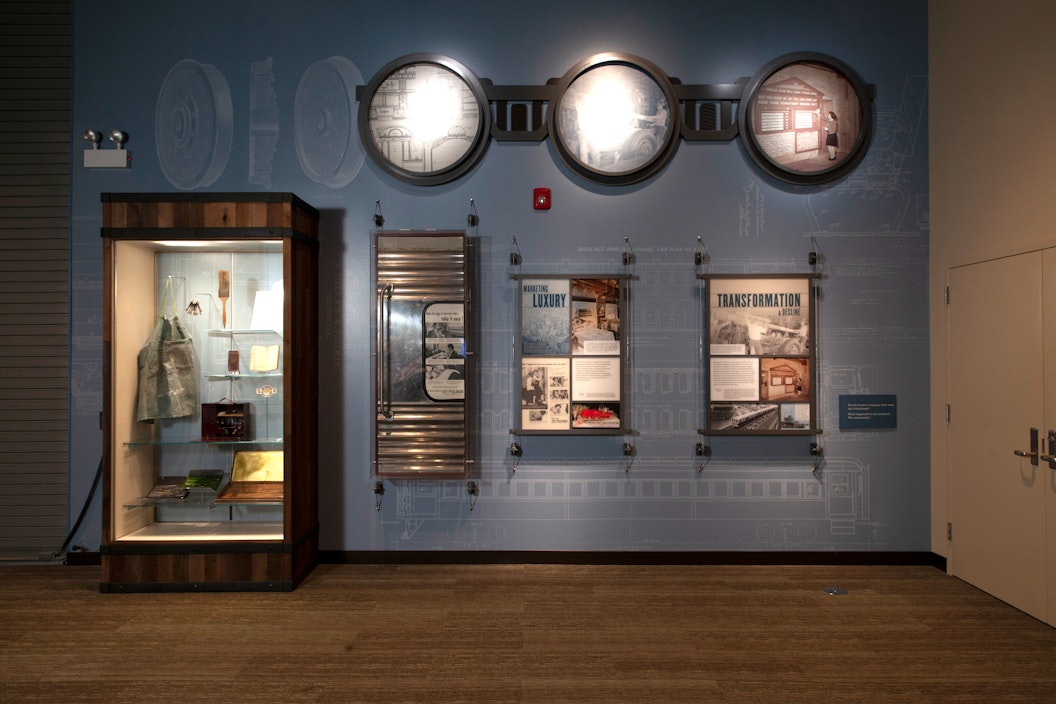
-
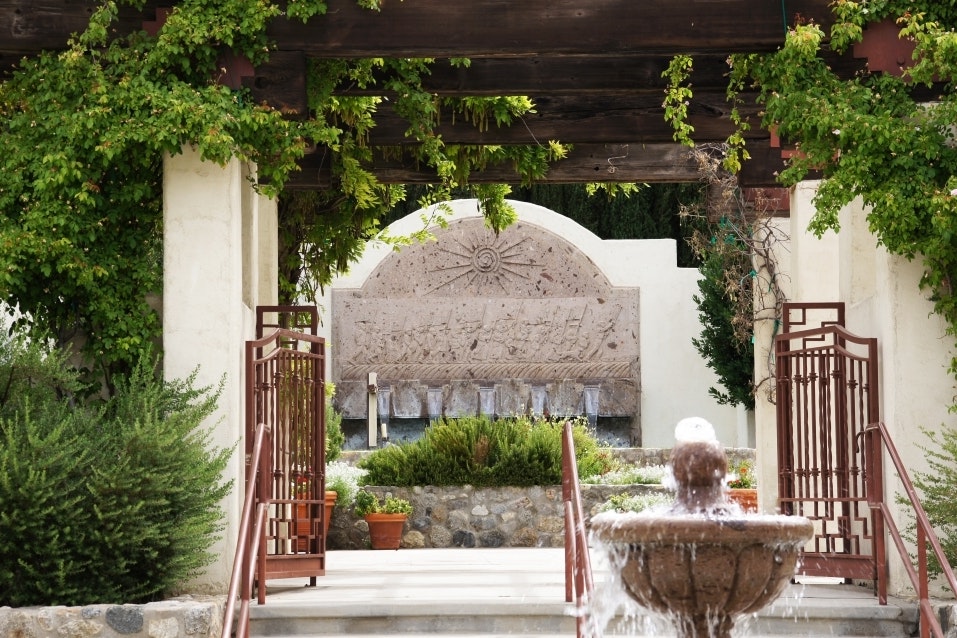 ProjectVanishing Voices of the Farmworker MovementAt César E. Chávez National Monument, an NPF Inclusive Storytelling grant is enabling the park to catalog and assess the oral histories related to the farmworker movement and conduct a gap analysis to determine which stories are not represented. The park will then work to fill these gaps.
ProjectVanishing Voices of the Farmworker MovementAt César E. Chávez National Monument, an NPF Inclusive Storytelling grant is enabling the park to catalog and assess the oral histories related to the farmworker movement and conduct a gap analysis to determine which stories are not represented. The park will then work to fill these gaps. -
 ProjectLog Quarters ExhibitsThanks to an NPF Inclusive Storytelling grant, Hampton National Historic Site is working with its nonprofit partner, Historic Hampton Inc., to update 20 outdoor wayside panels and four exhibit panels to incorporate findings from recent research highlighting the lives and contributions of free and enslaved African Americans and others who lived and worked there.
ProjectLog Quarters ExhibitsThanks to an NPF Inclusive Storytelling grant, Hampton National Historic Site is working with its nonprofit partner, Historic Hampton Inc., to update 20 outdoor wayside panels and four exhibit panels to incorporate findings from recent research highlighting the lives and contributions of free and enslaved African Americans and others who lived and worked there.
Related Stories
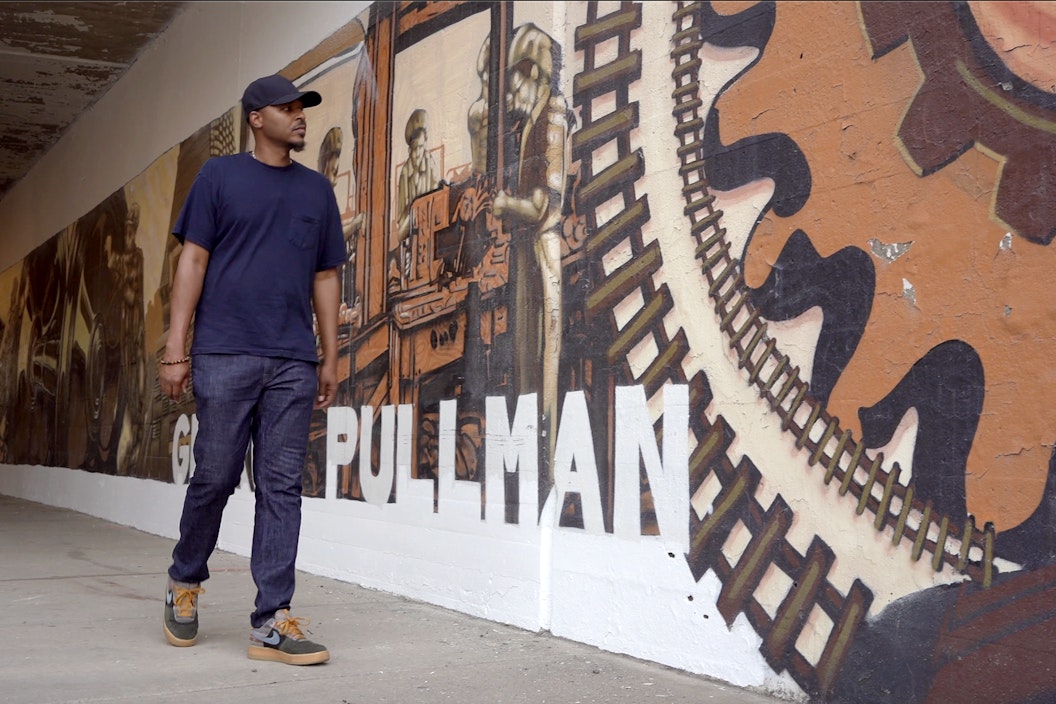
-
 Park SpotlightExplore Labor History in ParksFrom the story of the United Farm Workers in California to the women who worked at sawmills in Massachusetts, explore key moments and people in America’s labor history in parks across the country.
Park SpotlightExplore Labor History in ParksFrom the story of the United Farm Workers in California to the women who worked at sawmills in Massachusetts, explore key moments and people in America’s labor history in parks across the country. -
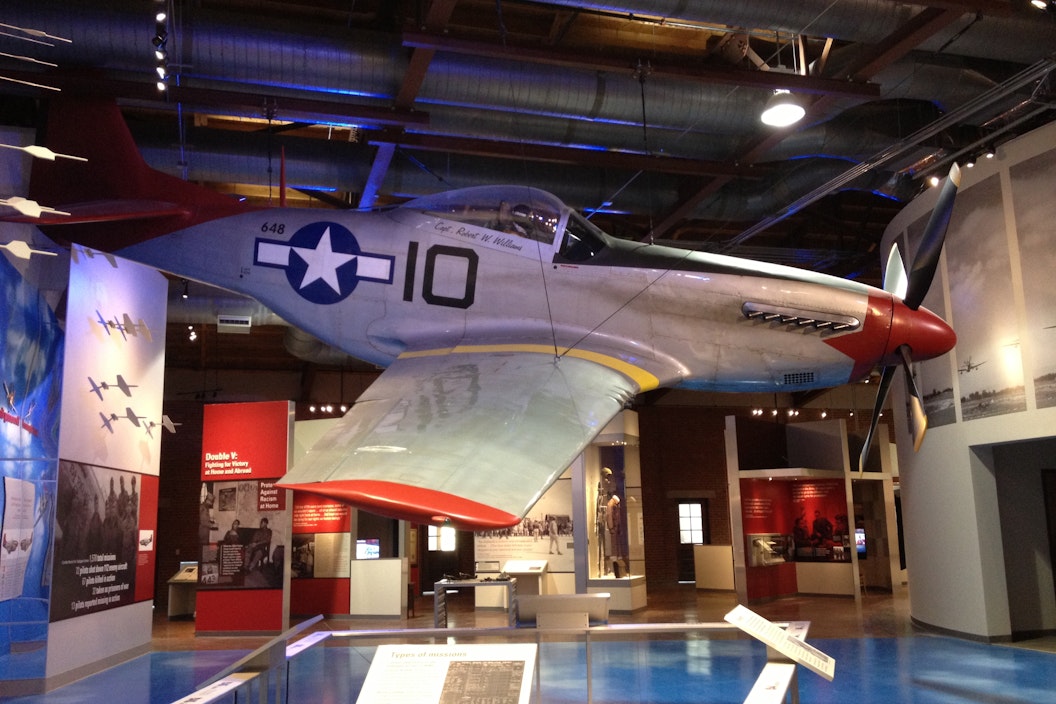 An Interwoven StoryBlack History and the Labor MovementBlack history and labor history are inextricably interwoven. Explore the parks that honor this shared history.
An Interwoven StoryBlack History and the Labor MovementBlack history and labor history are inextricably interwoven. Explore the parks that honor this shared history.
-
 UpdateUnveiling a New Mural Near PullmanNPF and Union Pacific unveiled a new mural at Pullman National Historical Park in 2023, with Chicago artist Joe Nelson commemorating the area’s rich history and importance in the labor movement.
UpdateUnveiling a New Mural Near PullmanNPF and Union Pacific unveiled a new mural at Pullman National Historical Park in 2023, with Chicago artist Joe Nelson commemorating the area’s rich history and importance in the labor movement. -
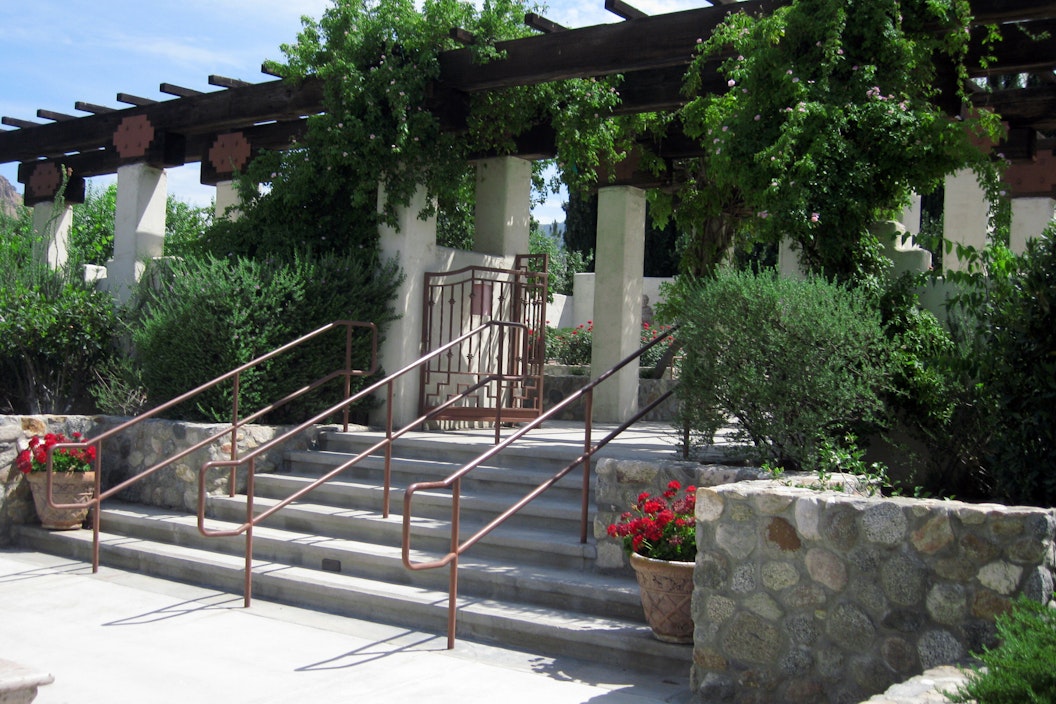 Movements that Made UsTrailblazing MovementsThroughout our country's history people have worked, fought, protested, and died to create a better future. Explore the parks that preserve, interpret, and protect these stories.
Movements that Made UsTrailblazing MovementsThroughout our country's history people have worked, fought, protested, and died to create a better future. Explore the parks that preserve, interpret, and protect these stories.
